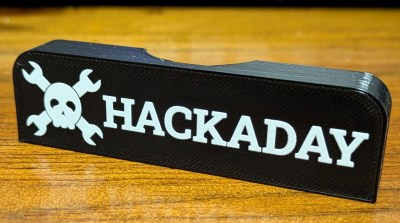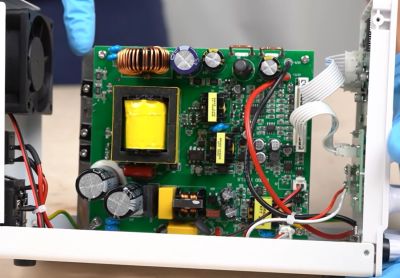It should come as no surprise that the hacker community has embraced the Meshtastic project. It’s got a little bit of everything we hold dear: high quality open source software, fantastic documentation, a roll-your-own hardware ethos, and just a dash of counterculture. An off-grid communications network cobbled together from cheap parts, some of which being strategically hidden within the urban sprawl by rogue operators, certainly sounds like the sort of thing you’d read about it in a William Gibson novel.
 But while the DIY nature of Meshtastic is one of its most endearing features for folks like us, it can also be seen as one of its weak spots. Right now, the guidance for those looking to get started is to pick a compatible microcontroller development board, 3D print a case for it, screw on an antenna from AliExpress, flash your creation with the latest firmware, and then spend some quality time with the documentation and configuration tools to actually get it on the air. No great challenge for the average Hackaday reader, but a big ask for the weekend adventurer that’s just looking for a way to keep in touch with their friends while camping.
But while the DIY nature of Meshtastic is one of its most endearing features for folks like us, it can also be seen as one of its weak spots. Right now, the guidance for those looking to get started is to pick a compatible microcontroller development board, 3D print a case for it, screw on an antenna from AliExpress, flash your creation with the latest firmware, and then spend some quality time with the documentation and configuration tools to actually get it on the air. No great challenge for the average Hackaday reader, but a big ask for the weekend adventurer that’s just looking for a way to keep in touch with their friends while camping.
Quality hardware that offers a turn-key experience will be critical to elevating Meshtastic from a hobbyist’s pastime to something that could actually be fielded for applications such as search and rescue. Plus, let’s be honest, even those of us who like to put together our own gadgets can appreciate a more consumer-oriented piece of hardware from time to time. Especially if that hardware happens to be open source and designed to empower the user rather than hold them back.
Enter the Hacker Pager from exploitee.rs. As the name implies, it’s still very much a device intended for hackers — a piece of hardware designed for the halls of DEF CON rather than trekking through the wilderness. But it’s also an important step towards a new generation of Meshtastic hardware that meets the high standard of quality set by the software itself.



















